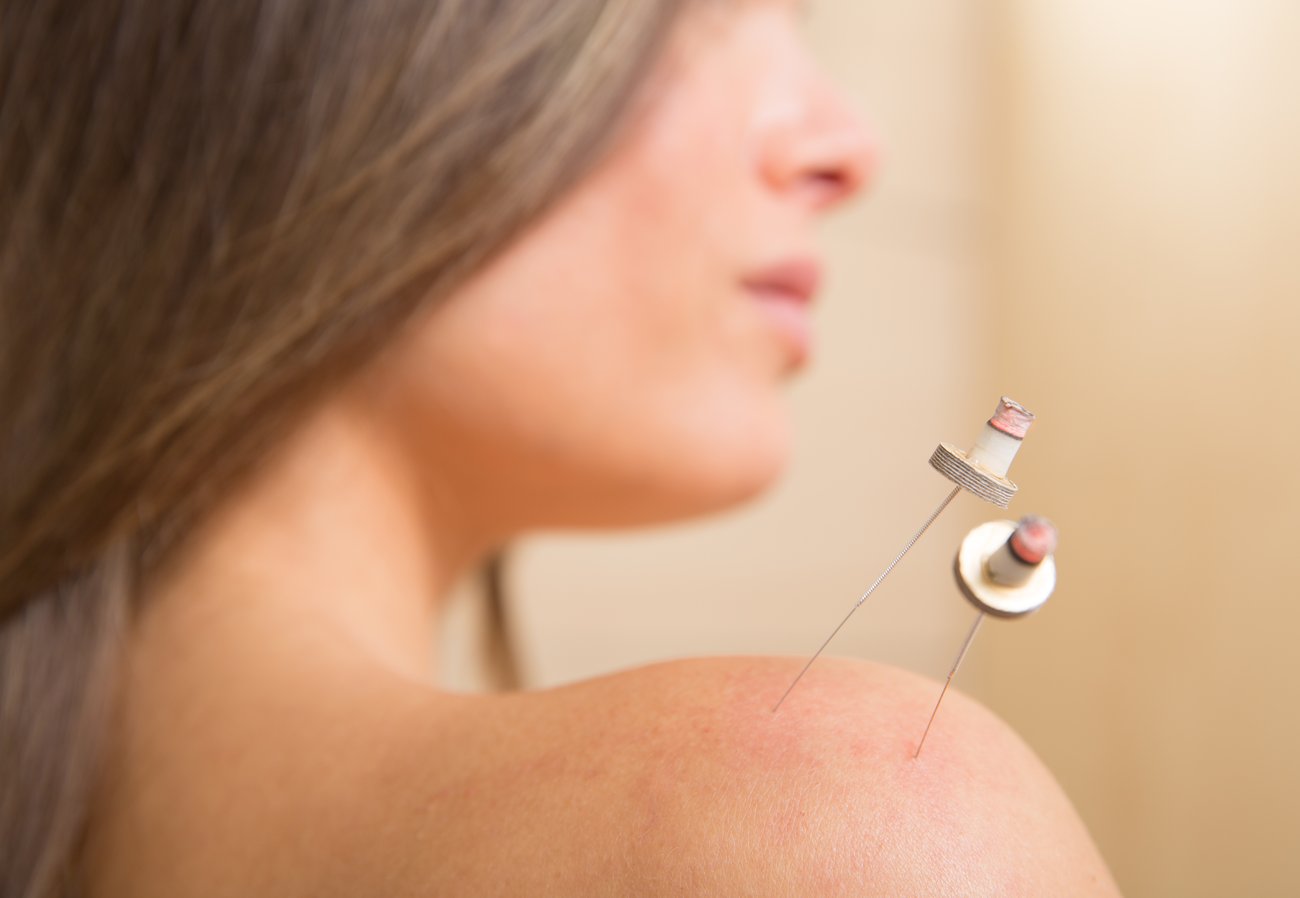
Have you ever wondered “What is that herbal aroma I smell in the air when I walk into SOPHIA Natural Health Center?”
That herbal scent is from an herb called Moxa. Moxa is a spongy herb also known as Mugwort. Mugwort can be found locally growing during the warmer months of the year. The herb is picked and dried, then processed into what looks like small candle sticks which sit on a sticky base.
What is Moxa Used For?
Moxa is used during acupuncture treatments in a technique called Moxibustion. Moxa is applied to specific acupuncture points or local areas on the body that show symptoms of pain and swelling. Heat shields are placed on top of the acupuncture points being treated, or the moxa is applied to the skin without shields for patients who can handle the direct heat. The Moxa is lit, then outed, and left to smolder down which spreads the heat across the base and shield into the area being treated. Patients experience a warming sensation during Moxibustion.
The purpose of Moxa is to increase circulation and stimulate areas of the body with infrared heat therapy. The effects achieved from Moxa are pain reduction, improved digestion, and stronger immune function to name a few.
Another study showed that with the use of Moxibustion therapy over a particular point relating to diabetes and cholesterol, there were decreased fasting blood sugar levels and cholesterol levels.
At SOPHIA Natural Health Center, we treat symptoms by addressing the root cause of all health problems. For a free consultation, please schedule an appointment by calling our office at (203) 303-9830.
Dr. Sian James, DAc, LAc.
Resident Acupuncturist, SOPHIA Natural Health Center
- Effects of moxibustion to zusanli (ST36) on alteration of natural killer cell activity in rats. (Choi, GS et al, 2004).
- Clinical study on acupuncture, moxibustion, acupuncture plus moxibustion at weiwanxiashu for treatment of diabetes. (Liao, H et al, 2007).